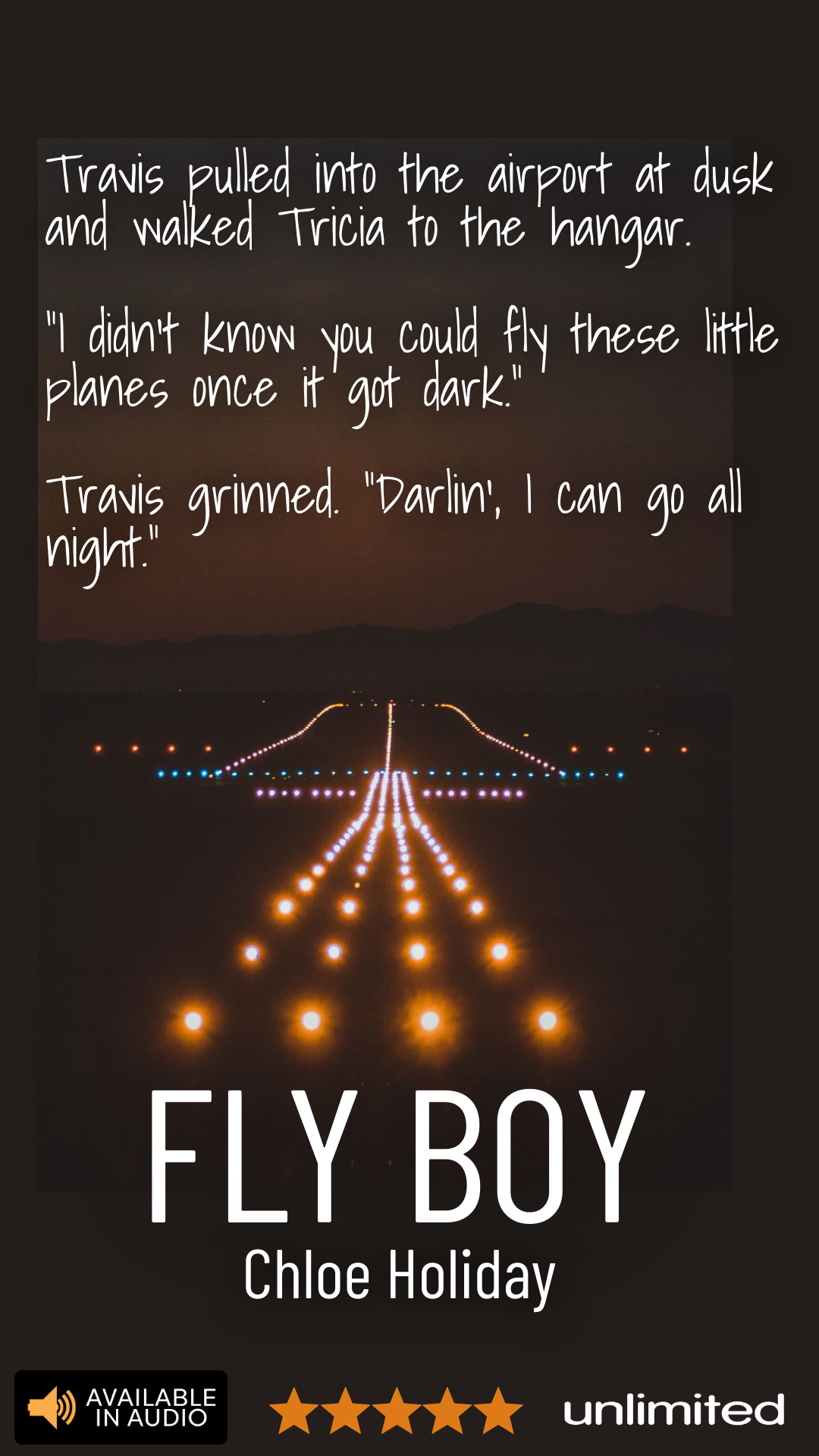
This Fly Boy photo of Travis’ innuendo-laden answer to Tricia is a good illustration of night flight. There’s more to see in the daylight but flying at night brings a special joy: all the lights below, the vast dark swaths of water or undeveloped land, the pulsing arteries of highways, and no sun in your eyes! It’s trickier to land and navigate, however, so it does require some special training. A Private Pilot License (PPL) in Alaska will prohibit night flight elsewhere without extra training, since some parts of Alaska have two and a half months without night.
What is “night,” anyway? According to the FAA, it’s the “time between the end of evening civil twilight and the beginning of morning civil twilight.” What’s “civil twilight”? It’s the time “between sunrise and when the center of the sun is 6 degrees above the horizon” in the morning, and evening civil twilight exists from the sunset until the center is 6 degrees below the horizon. This gives a good idea about the regulations, too, actually.
To get one’s Private Pilot License, one must have 3 hours of night flight, ten takeoffs and landings to a full stop (so no touch-and-goes), and one cross-country flight of greater than 100 nautical miles. To carry a passenger, a pilot must have “currency” with 3 takeoffs and landings in the same category and class of aircraft within 90 days.
Night means some hazards are near-invisible: an owl, a tower with lights out. Pre-flight planning helps ensure the pilot is familiar with cranes, towers, tall trees in the vicinity. Seeing other aircraft is easier, however, and the lights indicate position: the backwards-facing lights are all white, and the forward-facing wing lights are green on the right and red on the left. This way, you can tell if the aircraft is approaching or retreating.
What about airports? Some have a beacon, designated by a star on the charts. A civilian airport has a green and white beacon that flashes about once every two seconds. A military airport has 2 fast white flashes, then a green. Runway edge lights are white, and the taxiways and ramps are edges with blue—don’t land there! Some untowered airports have Pilot-Controlled Lighting (PCL lights), which means that an aircraft within 5 miles can activate the lighting and brightness by clicking their mic on the unicom frequency. The lights turn off after 15 minutes.
There are other specialized lights for approaches, like VASI (Visual Approach Slope Indicators) and PAPI (Precision Approach Path Indicators), which help a pilot ensure that they’re on the correct glide path, as well as REILs (Runway End Indicator Lights). Runways that have Instrument approaches have built-in runway lights to indicate the center line and distance to the end of the runway.
I love to fly at night because it’s magical—something Travis banks on when he takes Tricia up.
Recent Comments